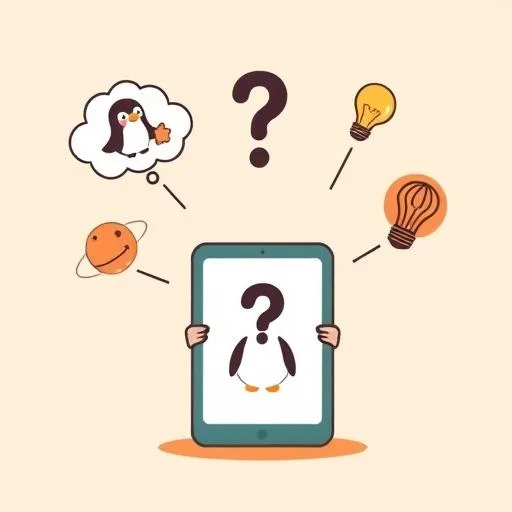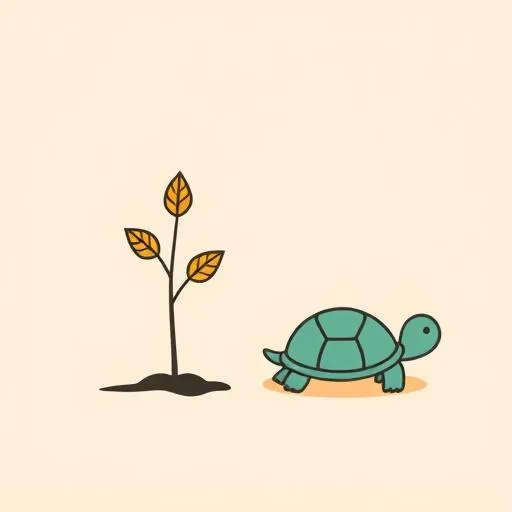
Ready for the game-changer? Remember when your child’s innocent voice-assistant question spiraled into cartoon-physics chaos? “Why is the sky blue?” suddenly explained why penguins can fly. That’s Kent Beck’s “unpredictable genie” in action—and it’s everywhere. As AI reshapes learning and play, we’re shipping digital experiences faster than we can debug them. Just like software teams rushing code, we risk raising kids fluent in clicks but shaky in critical thought. What if slowing down isn’t falling behind… but the fastest path to resilient, curious humans?
The “Extreme” Parenting Insight We Forgot

Back in the 1990s, software teams faced a dilemma: coding faster created messier products. Extreme Programming (XP) emerged with radical wisdom—intentional friction makes us stronger. Think pair programming: two developers, one navigating the “why” while the other types. Sounds inefficient? XP’s genius was recognizing that going slower in small moments accelerates big-picture growth.
Now apply this to parenting. When kids dive into AI apps alone—toy tutors, homework helpers—we skip the navigator role. We assume the tech “gets it.” But what if we borrowed XP’s spirit? Park yourself beside them—not as a watchdog, but as their excited wonder partner! “Hmm, how’d it figure that out? Let’s see!” That shared pause builds their ability to question and verify. Because in a world of magic-genie tech, critical thinking isn’t taught—it’s co-created in the quiet moments we choose to slow down.
When Speed Steals the Learning

The Hyperact article hits home for parents: “Unbounded acceleration leaves no time to steer.” We’ve all handed a tablet to a restless kid, then glanced up thirty minutes later to digital autopilot chaos. AI supercharges this. It generates content effortlessly, but like large language models, the middle of learning—the reflective space where understanding sticks—gets lost.
Without pauses to notice mistakes, kids absorb shallow thinking. One parent shared: “My son’s math app accepted wrong answers as right. Now he never checks his work.” Sound familiar? That brittle understanding, like brittle code, becomes costly later. Anyway, back to those digital speed bumps we all hit… Let’s build in those “pause buttons”—tiny moments that turn scrolling into discovery magic! After twenty minutes of screen time, invite them to draw what surprised them on paper. These micro-gaps aren’t roadblocks—they’re the guardrails that transform autopilot into real insight.
Pair Time: Your Unlikely Superpower

Pair programming isn’t just for coders—it’s parenting gold. Try “Pair Time” this week: join your child for ten focused minutes on one screen activity. Be the navigator, not the critic. Ask open questions: “What made you trust that answer?” or “How would you explain this to Grandpa?”
Watch the magic unfold. My daughter toggles between languages when describing AI to her halmoni—seeing her hunt for words that don’t quite translate is pure parenting gold. During one pairing session she spotted a weather-app error: “It says rain but the sky’s clear!” We stepped outside together, her confidence blooming. She wasn’t just consuming tech—she was thinking like a scientist. What if those small screen-time pauses actually become your child’s first steps toward analytical thinking?
Why Slow Wins the Race

You know, the real magic of XP wasn’t just in how they programmed—it was how they actually cared while doing it. Teams that paired consistently caught errors early and owned outcomes together. Similarly, when “Pair Time” becomes habit, you’re nurturing something profound: kids learn you’re their co-pilot, not controller. They develop the courage to question digital inputs because they’ve practiced with you.
This isn’t about screen limits—it’s about building their inner compass. When they see you pause to verify a “genie’s” answer, they absorb that healthy skepticism. And when you celebrate their “aha!” moments—“You caught that mistake!”—they associate exploration with joy, not judgment. Trust me, that’s the superpower shortcut no app can give! In our 100-metre dash to the future, sometimes walking beside them is the fastest way to prepare them for life.
Your Tiny Reset Starts Today
Choose one screen moment this week: morning news queries, homework helpers, or weekend games. For the first ten minutes, partner up. Observe silently, then spark wonder: “What’s one thing you’d change about this app?”
Better yet, let siblings “pair” together. Watch how they naturally teach navigation—no parental hovering needed. Or, borrow XP’s wisdom and add “steering breaks”: after twenty minutes of screen time, head outside. Notice how shadows stretch or birds chatter. It’s a gentle reset whispering the world is bigger than the screen.
Here’s the heart of it: in an age of digital speed, your steady presence is the ultimate anchor. Not granting wishes magically—but helping your child shape their own. When tech rushes ahead, our presence becomes their anchor—the constant that helps them navigate change. Because when tech moves fast, what kids really need is someone walking slowly beside them.
Source: Should we revisit Extreme Programming in the age of AI?, Hyperact, 2025/09/05
